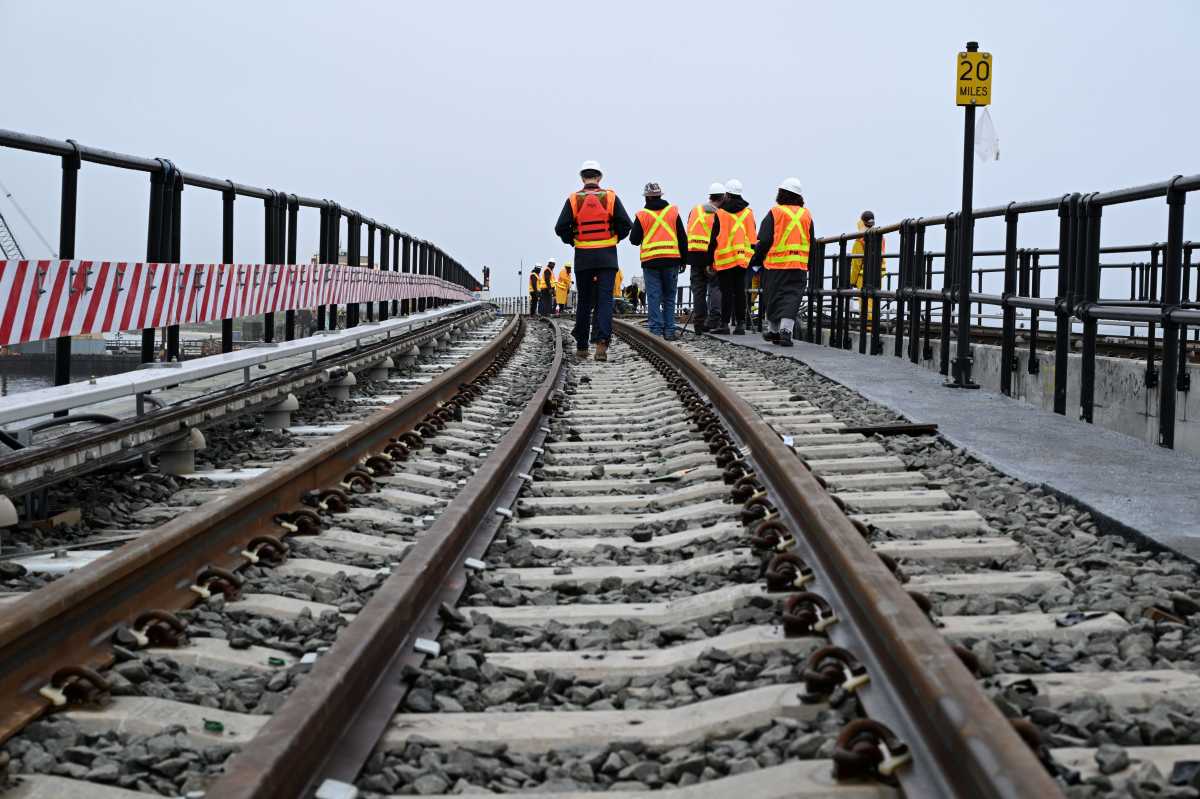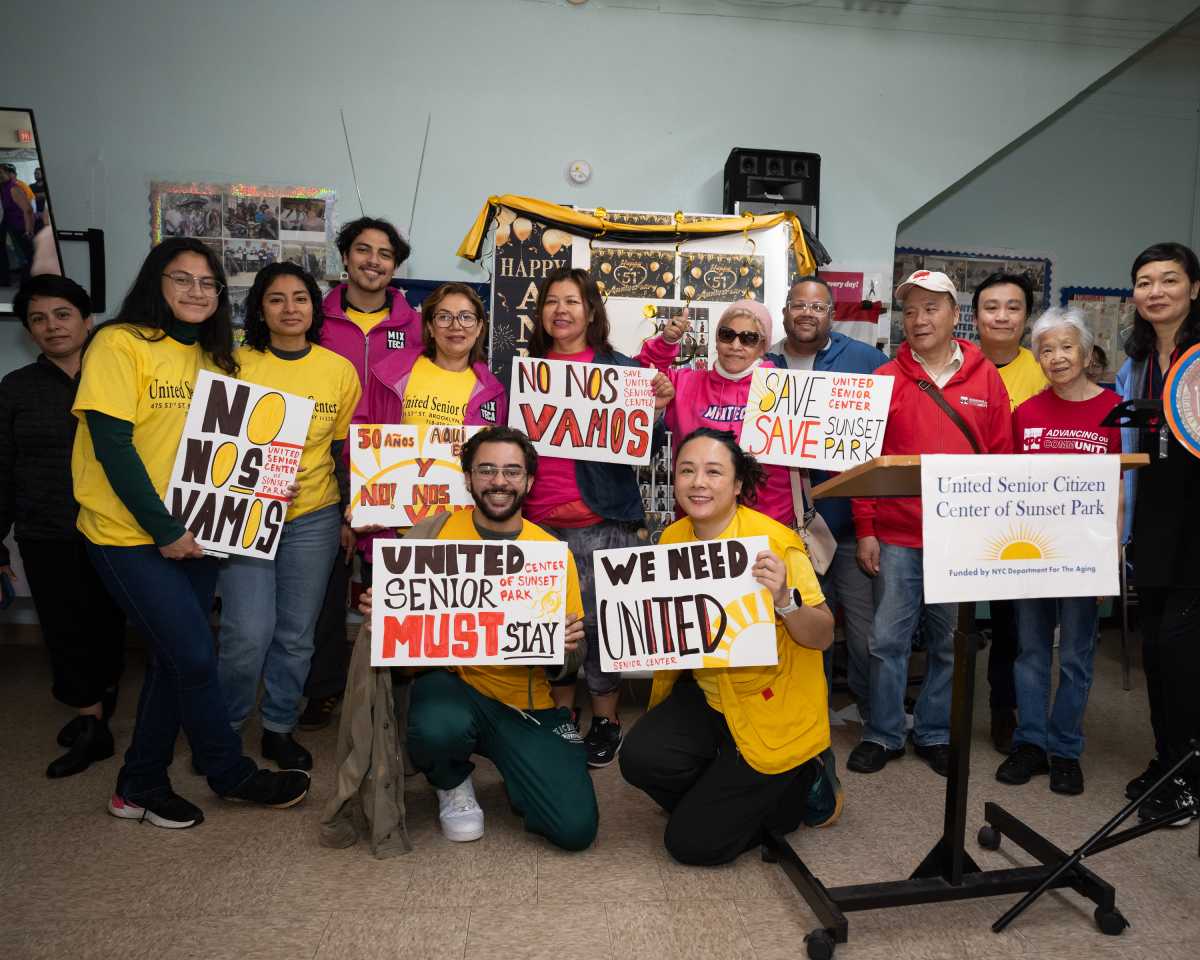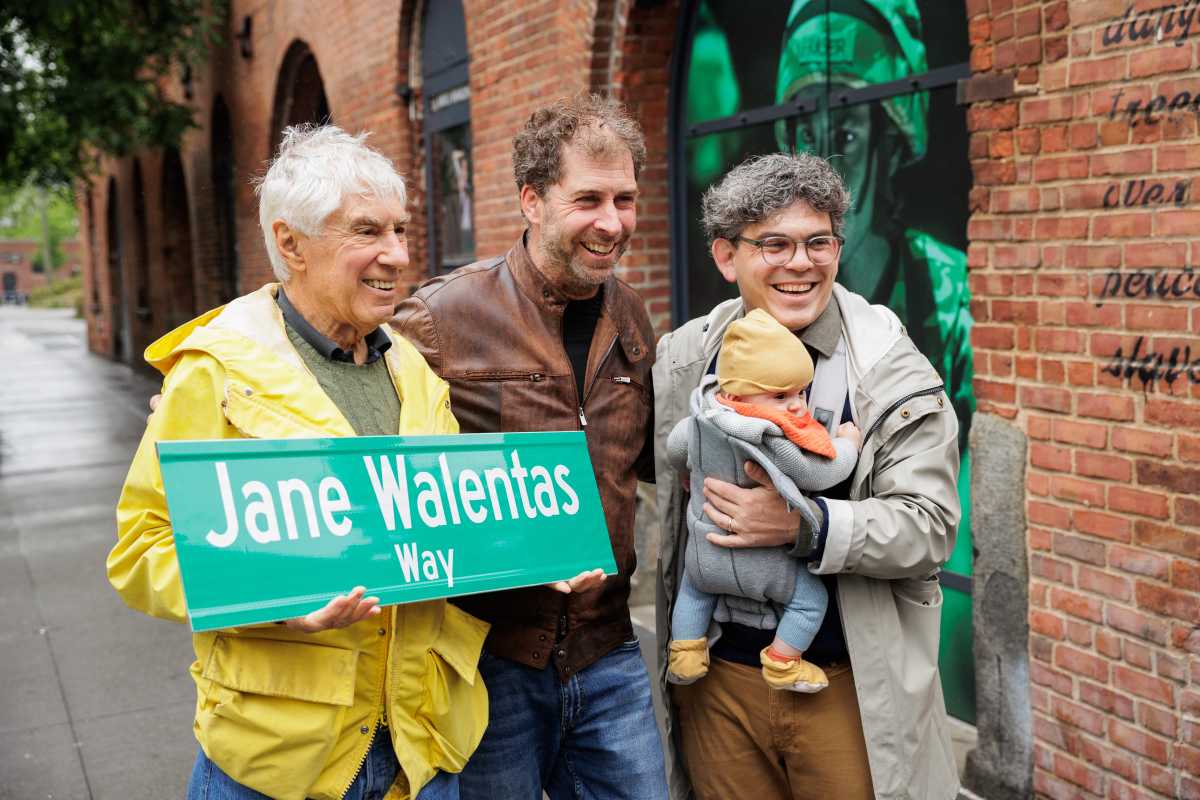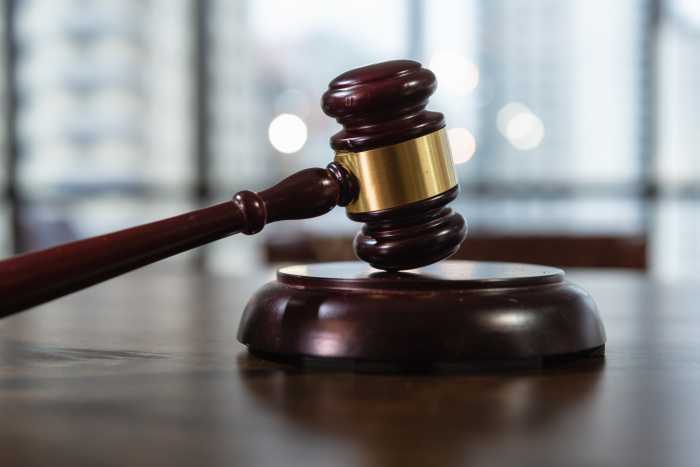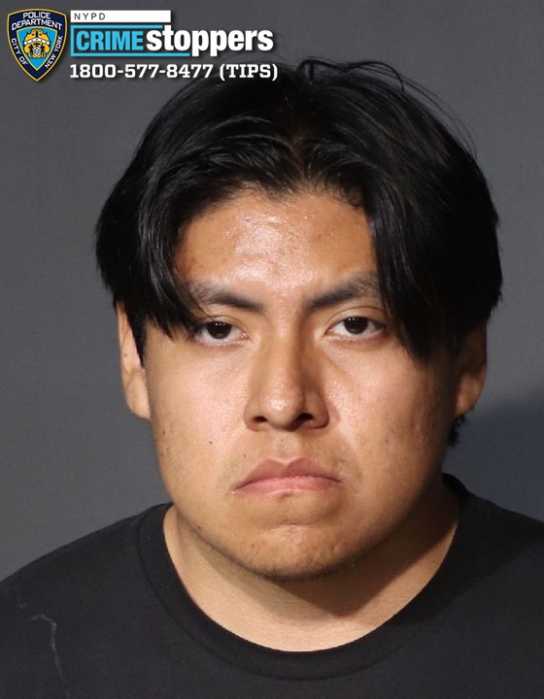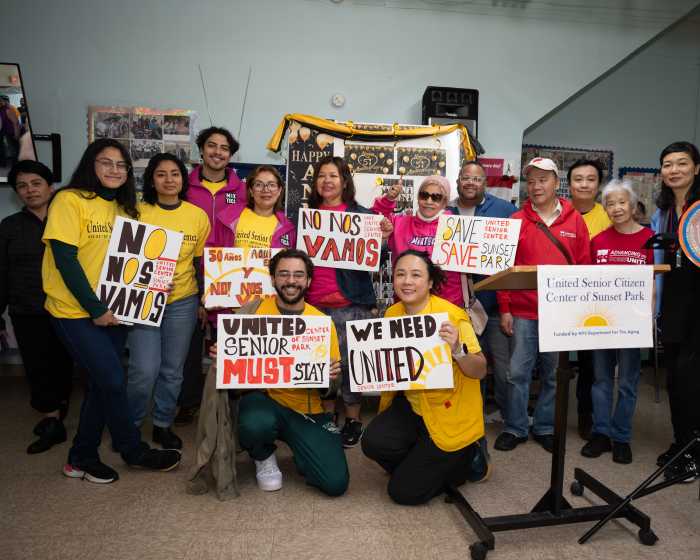By Ellen Keohane
Garfield Debarros, 22, stood against the fence of the African Burial Ground in Lower Manhattan last Saturday, watching as a group of uniformed middle school students prepared to sing the “Wind Beneath My Wings.” It was the first time Debarros had attended the annual Ancestral Heritage Weekend celebration.
“It’s making me feel proud actually,” Debarros, a senior at City College studying African Studies, said softly. “We’ve come a long way in trials and tribulations. It’s important to take a step back and remember where you came from.”
In tribute to the lives that were once lost, but now remembered, crowds gathered over the weekend at the African Burial Ground at Duane and Elk Sts. to reflect and to celebrate.
The weekend’s events, sponsored by the Schomburg Center for Research in Black Culture and the U.S. General Services Administration, included performances and readings by religious and community leaders, musicians, dancers, actors and poets.
But for many, the highlight of this year’s celebration actually took place on Wed., Sept. 28, at the groundbreaking ceremony for the permanent memorial, designed by Rodney Leon of AARRIS Architects. The circular, permanent memorial will be a space for contemplation and meditation, and will also outline the history of the African Burial Ground, Leon said. Howard Dodson, the executive director of Schomburg, hopes that they will be able to unveil the memorial monument at next year’s celebration.
The year’s Ancestral Heritage Weekend officially began on Friday morning with a ring shout ceremony involving between 1,500 and 2,000 children from New York City schools. Led by female rapper M.C. Lyte, the children formed a circle around the original five-block burial ground site.
The McCollough Invaders performed Saturday as part of a weekend of ceremonies at the African Burial Ground.
On Saturday, a crowd of about 200 filled the white plastic seats facing the main stage. Throughout the day, Broadway actor James Stovall, the celebration’s producer and director, introduced each act, which included the Native American group Silver Clouds Dancers and Drummers, Cuban singer Ileana Santamaría, Brooklyn’s Musart Steel Drum Band, the McCollough Invaders brass band, the African Burial Ground Tribute Choir and the Eleanor Roosevelt Intermediate School No. 143 Concert Choir, among others.
The Silver Clouds Dancers and Drummers were one of the first to perform that morning. Wearing a shimmering green, blue and yellow cape with rain clouds and lighting bolts stitched on its back, a young girl spun in rhythm with the beating drums. Her dance was aptly named “The Fancy Shawl.” At the end of the group’s performance, Stovall thanked the Native Americans for welcoming Africans to America.
Stovall, who seemed to revel in the celebrations, often joined the performers, singing and dancing. At one point, he moved from the stage into the audience, encouraging people to clap and dance. Soon, almost everyone — young and old — stood up, swinging and pumping their arms and legs to the music. Even those passing by the site couldn’t help but stop and watch.
“New York is a city of museums and galleries, but there’s no African American or African museums,” Stovall said while standing behind the main stage during one set. “It’s time for African Americans to be represented the same way. It starts here — with our ancestors in the African Burial Ground.”
Stovall then excused himself, hurrying over to greet actor Wesley Snipes, who was dressed head to toe in white and holding the hands of his two young children. Encouraged on stage by Stovall, Snipes stood in front of the microphone and told the crowd, “I came here to pay homage and to sit and learn, so I think I’ll take my seat —over there.” He then promptly sat down with his family to watch the festivities.
Stovall may soon see his wish for an African American museum fulfilled. President George Bush asked the Secretary of the Interior Gale Norton to assess the historical and scientific significance of the site on Oct. 4, a move that will likely lead to its designation as a National Monument.
The monument has the backing of three members of Congress from New York — Jerrold Nadler, whose district includes the burial ground, Charles Rangel and Gregory Meeks — who introduced a bill to establish the African Burial Ground National Historic Site and the African Burial Ground International Memorial Museum. Senator Hillary Rodham Clinton introduced similar legislation in the Senate.
Historians believe the African Burial Ground dates back to the early 17th or 18th century, when the Dutch ruled the city, then known as New Amsterdam. It is estimated that 20,000 enslaved and free African Americans are buried on the site, which encompasses more than five city blocks, bordered by Duane St. to the north, Broadway to the west, City Hall Park to the south and Centre St. to the east.
The site was used as a cemetery until 1795, and in 1803 it was covered over with landfill and forgotten until 1991 when workers constructing a new federal building at 290 Broadway found the human remains of 419 African Americans. Work stopped as the bodies were exhumed in 1991 and 1992.
Following years of archeological study and prolonged political discussion, the bodies were reentered on Oct. 4, 2003 in a ceremony, which drew 3,000 to 4,000 people, Dodson said.
Now only a small plot of land, surrounded by office buildings and enclosed by a tall, black metal fence, remains of the original burial site.
“I come every year,” said Carolyn Djokota, 60, a conflict resolution and English teacher at Murry Bergtraum High School in Lower Manhattan. “I’m happy about the [permanent] memorial,” she said, standing at the back of the burial ground, overlooking the crowd. “It’s a part of history that’s been lost to New York City.”
google_ad_client = “pub-6226499064891091”;
google_ad_width = 468;
google_ad_height = 60;
google_ad_format = “468x60_as”;
google_ad_channel =”0606561524″;
google_color_border = “336699”;
google_color_bg = “FFFFFF”;
google_color_link = “0000FF”;
google_color_url = “008000”;
google_color_text = “000000”;
//–>
src=”https://pagead2.googlesyndication.com/pagead/show_ads.js”>
WWW Downtown Express










